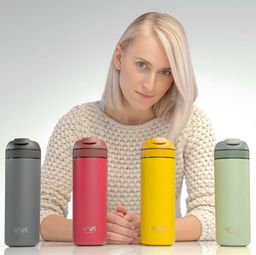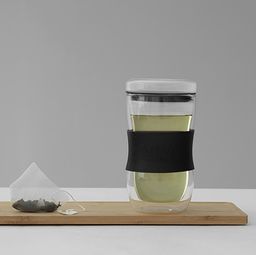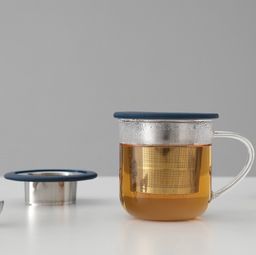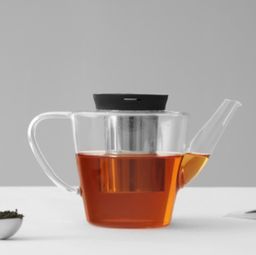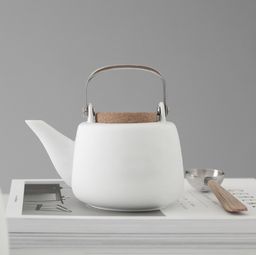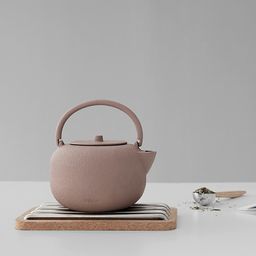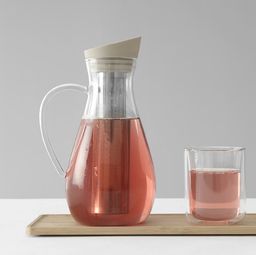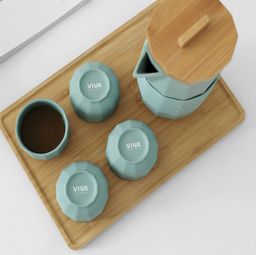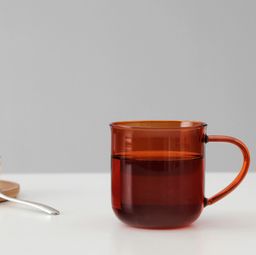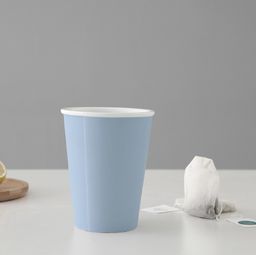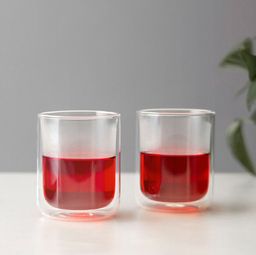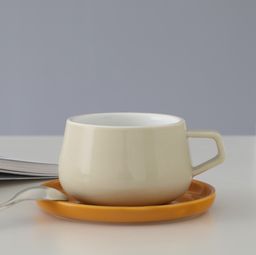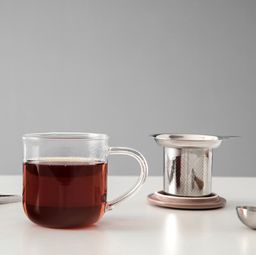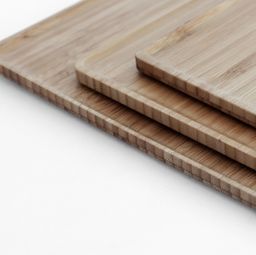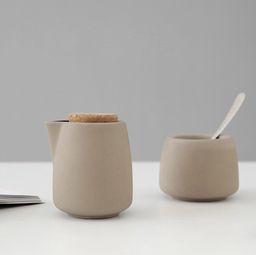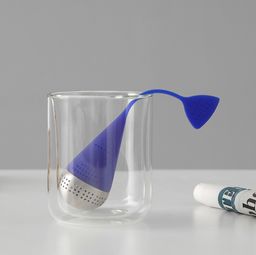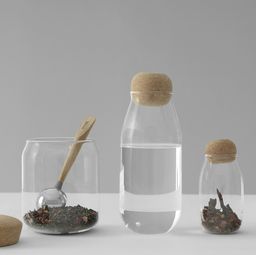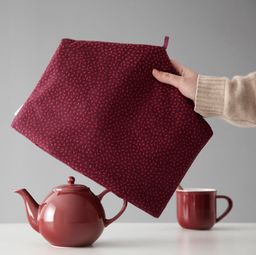Tea is the number one beverage on the planet, next to water. 3.5 billion cups a day are consumed worldwide.
All true tea comes from one plant, the “Camellia Sinensis”. Over 1,500 types of tea are derived from this plant and its many varieties. Similar to wine and grapes that produce the wine, there are signature flavour profiles that define certain teas.
Many teas are named after the region in which they grow. What determines the category of tea, is the amount of time the leaves are allowed to oxidize. In the oxidation process, green leaves turn brown, thus producing the darker teas.
Tea contains caffeine.
A cup of tea can have less than a third of the amount of caffeine than a cup of coffee. Longer steeping times increase the release of caffeine. Cooler water and shorter steeping times will yield less caffeine. Herbal teas contain no caffeine. Many familiar herbs are being blended with popular teas, offering the best of both worlds.

The different types of teas.
All tea leaves are plucked, weighed, transported, sorted or sifted, withered, rolled, steamed, oxidized, and dried or fired in a particular way for each specific tea category. Often teas will be sorted again after the firing and drying. Then the controlled tea tastings begin for the quality and categorizing of each batch.
Leaves are dried with or over some source of very low heat; from ovens to wok-like pans; except white tea.
The Tea in Teabags.
The leaves are first withered, but after this, they are put through a series of rollers (like an old wringer washing machine), covered with small, sharp teeth. These teeth and rollers, CUT, TEAR, and CURL the leaves, thus producing tiny granules which are perfect for teabag use; often called CTC teas. After this, they go through the same oxidation and drying process as the Orthodox method. The tiny little pellets of tea infuse quickly with the full flavour released through the teabag. Green tea may be prepared this way, too, for teabag use, but not white tea or oolong.
Loose-Leaf Tea.
The Orthodox method of preparation is where the leaves stay whole and intact, therefore maintaining the integrity of most of the leaves. This method can be done by hand or by machine. There will be breakage, so leaves are sifted through a series of sieves to catch the varying sizes of broken leaves. These pieces are sorted into grades according to their size: whole leaf, broken, fannings, and dust. Fannings and dust are what typically go into teabags but can come from good grades of tea.

Black Tea
The most highly oxidized of the tea family; black tea is the favored tea of England and North America.
Turkey is the world’s largest per person; consumer of black tea at over 16 pounds each, per year. America doesn’t even make the map as a contender. Leaves of different tea cultivars produce black teas as varied as you see here.
Familiar black tea names are Assam, Darjeeling, Ceylon (Sri Lanka), and these are all regions that grow black tea. Africans and Middle-Easterners make the top ten black tea drinkers of the world. English and Irish Breakfast teas are usually a blend of full-bodied black teas grown in India and Africa, perfect for milk and sugar.
White Tea
Only the youngest and most tender leaves are plucked for white tea.
The leaves have not yet opened fully, and are referred to as, buds. They have a slight velvety “down-like” appearance, silver in colour, and these are tiny hairs. These leaves are allowed to dry in the sun or at very low temperatures.
No processing is done; therefore, no oxidation occurs. The leaves remain whole, intact, and green to silver in colour. The infusion (the liquid) after steeping is very light in colour, to almost no colour, with a hint of natural sweetness, producing a delicate and delightful flavor.
Yellow Tea
This is a rare category of tea. The very young leaves are dried slightly over a heat source and then wrapped (smothered) in a special cloth. This step is repeated several times until the tea is perfect. The leaves will have a slight yellow tinge to them.
Similar to green tea visually, but the taste is less “grassy” and mellower than green tea; the leaves are more aromatic, as well.
Green Tea
Two leaves and a bud are plucked to make green tea. Only new growth is used to make to all tea.
The heating process also stops the oxidation process, which keeps the leaves green. High-end teas are all hand rolled and varied from pointed, curly, twisted, and round. Machines are also used to shape the leaves to the desired specifications.
Japanese and Chinese green teas are very different tasting and looking. Each has their own style of tea preparation.
Matcha Green Tea
Matcha Powder is made by taking top grade tea leaves that have been shaded before picking, then go through similar drying processes, and then stone ground into a fine brilliant green powder.
A whisk is needed to properly dissolve the powder. The infusion is dark green froth on the surface. Matcha green tea powder has many grades, too. The top grade is referred to as “ceremonial matcha,” and it is very expensive.
It is becoming very popular to bake with matcha and add it to muffins, cakes, ice cream and just about anything. Entire shops are opening that just serve matcha in myriad ways.
Oolong Tea
Translates to Black Dragon. Oolong Teas are “fussy” teas, and as a result, they are wonderful and vary considerably.
Withered tea leaves are rolled lightly to bruise and crush the cell walls inside the leaf. The longer the bruised leaves are exposed to the air, the browner the leaf turns. A true tea master is in control of this process and has the timing down to an art as well as a science.
Oolong tea leaves can be steeped 3 to 5 times. Not all of those tightly rolled leaves are going to open in the first or second steeping. Some of the greener versions may have a slight teal color to them, hence occasionally referred to as, Blue Tea.
Bruising the leaf releases the enzymes and essential oils that alter and enhance the flavor of the tea. Slicing an apple damages and opens the cells of the apple which when exposed to the air, turn brown; it is the same for tea leaves.
Pu-erh Tea
This is a mysterious tea; is becoming very popular in America, especially among tea savvy people.
It is an aged tea, and like an aged wine develops different characteristics as it ages. The reason we thoroughly dry tea leaves is to prevent them from molding and spoiling.
Pu-erh Tea, however, retains enough moisture to create controlled microbial activity as it ages. It is a fermented tea with probiotic benefits. It is pressed into solid cakes and sold as hard round discs wrapped in paper. Also referred to as “dark tea.” Pieces are broken off the cake, rinsed, then infused many times.


